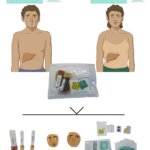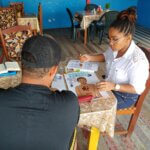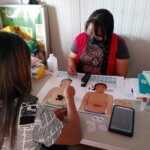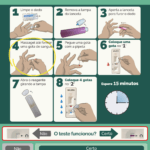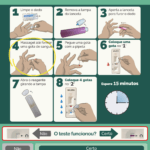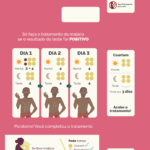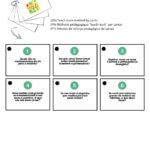The CUREMA project intervention incorporates a major communication and health education effort tailored to the regional and cultural particularities to foster community involvement towards malaria elimination.
The following communication approaches target the population most at risk of having malaria in our transboundary region, the community of people working in the economy of informal gold mining. The communication and education strategies rely on audio-visual tools, illustrative images, simulations and games to gain skills and enhance dialogue. The videos are accessible to the community through the outreach activities, the project’s social networks and through the phone application.
INFORMATION ABOUT THE CUREMA PROJECT
CUREMA SPOT VIDEO
The video spot is a visual material presenting the objective of the CUREMA project, intended to circulate through social networks and to be shown by project facilitators in outreach activities. In this video, people from the gold mining community, facilitators and researchers show their commitment to the project and explain how each actor can contribute to malaria elimination. We launch the slogan: Juntos podemos acabar com a malária (Together we can end malaria).
INFORMATION NOTE VIDEO
As an interventional research project, informed consent from the participant is required to participate in the Curema project. This video is a supplementary tool for the facilitators to use during the informative note reading before the participant signing the informed consent form, thus, reinforcing the understanding amongst people with low literacy skills.
MALARIA COMMUNICATION AND EDUCATION
EDUCATIONAL VIDEO ABOUT MALARIA
The objective of this video is to provide general information about malaria, how to prevent and manage it. We also advocate that malaria elimination is possible by facilitating access to timely and correct detection and treatment as well as encouraging community engagement through health education. This powerful new tool relies on a combination of messages from people who have been exposed to malaria in isolated areas and clarifying messages from facilitators and medical researchers to demystify some of the popular beliefs.
VISUAL SHEETS
The visual sheets are a support for the facilitators to explain some basic concepts about malaria, when needed during their outreach activities in the community as well as during the training of the study participants.
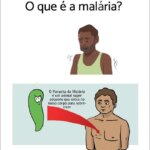
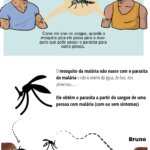
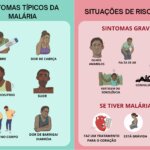
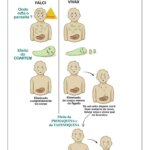
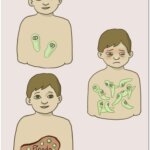
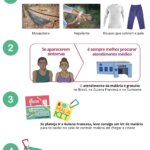
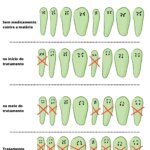
CUREMA GAME
The CUREMA game is an educational tool created through iterative and consultative processes with the facilitators and people from the gold mining community. The strength of this tool is high interactivity as well as the development of skills through gaming, haptic and visual learning experience, for the empowerment of their own health.
MALAKIT TRAINING
RAPID DIAGNOSTIC TEST VIDEO EXPLANATION
As part of the training, before the participant obtains a Malakit, a video tutorial is used that shows step-by-step how to perform a Malakit RDT. The video, which is also included in the APP, can be watched anytime, anywhere by gold miners with a smartphone, to remind them of all the steps in the procedure. With a voiceover in Portuguese, the video is especially useful to complement the illustrated instructions in the kit for people with limited literacy.
SELF-TREATMENT EXPLANATION VIDEO
This video tutorial explains how to perform malaria treatment, when malaria is self-detected by a positive test with Malakit in isolated sites.
VISUAL INFORMATION ON THE MALAKIT PACKAGING
The green package guides the participant step-by-step through the self-administration of the RDT and the reading of the results. The red packet guides on how to take the Malakit medications according to the test result. These printed illustrations are an updated and improved version following the lessons learned from the Malakit project intervention (2018-2020).
VIDEO TEASER FOR MALAKIT
A humorous cartoon video presenting the project was made, to be shared on social media such as Whatsapp or Facebook by the gold miners themselves and by the facilitators.This video is used to promote the project and to explain the challenges of malaria and where to find a Malakit. It is based on the interests of the target population, such as football or male-female relations, and models the humor of its screenplay on the type of video usually shared by gold miners.
RADICAL CURE TRAINING
DESCRIPTIVE LEAFLET
Such illustrative information consists of printed material that accompanies the radical treatment with instructions on dosage, main contraindications, follow-up modalities and possible serious adverse effects of the treatment.
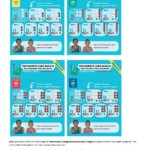
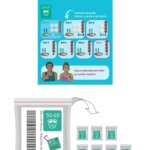
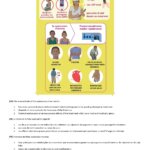
TEACH-BACK METHOD
After the facilitator’s explanations on how to use Malakit and/or how to take radical cure, some questions are posed to ease the bidirectionality of the educational session and to guarantee the knowledge acquisition and doubts resolution.
COLLABORATIONS
Given the importance of the health education and community engagement component of the CUREMA intervention, IEC strategies and tools have been developed by diverse stakeholders :
by the CUREMA partners group including:
- CHC team (Cayenne Hospital Center), French Guiana – France
- NGO DPAC Fronteira, Amapá – Brazil
- Fiocruz (Fundação Oswaldo Cruz), Rio de Janeiro – Brazil
- SWOS (Foundation for the Advancement of Scientific Research in Suriname) – Suriname
- Ministry of Health Malaria Program in Suriname, – Suriname
in conjunction with external specialists such as
- The Ink Link, Paris – France
- LUSHOMO, – South Africa
- Quentin Chantrel, French Guiana – France
- Boniato Studio, now called Atypicalist, – France
The process of creating these tools involves a validation process and a strong iteration and consultation exercise with:
- The project facilitators
- People from the community
These actors played an important role in providing the most culturally appropriate method of communication, suitable for non-reading and low health literacy audiences.
The contribution of community members has also been essential in the elaboration of the video scripts giving a leading role to the peer-education and the pedagogical training through the indispensable labor of the facilitators.
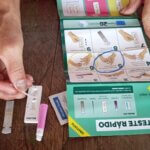
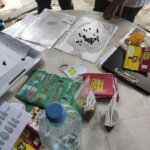
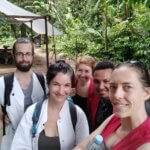
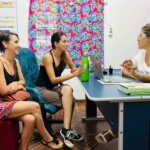
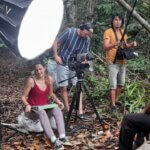
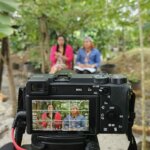
The TDR-WHO provided financial support in conducting a qualitative study and translating the knowledge into the production of useful and innovative tools.
